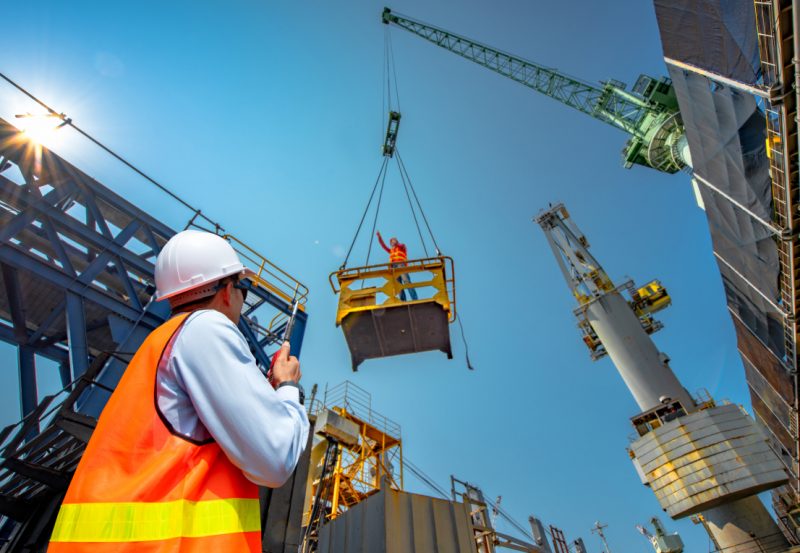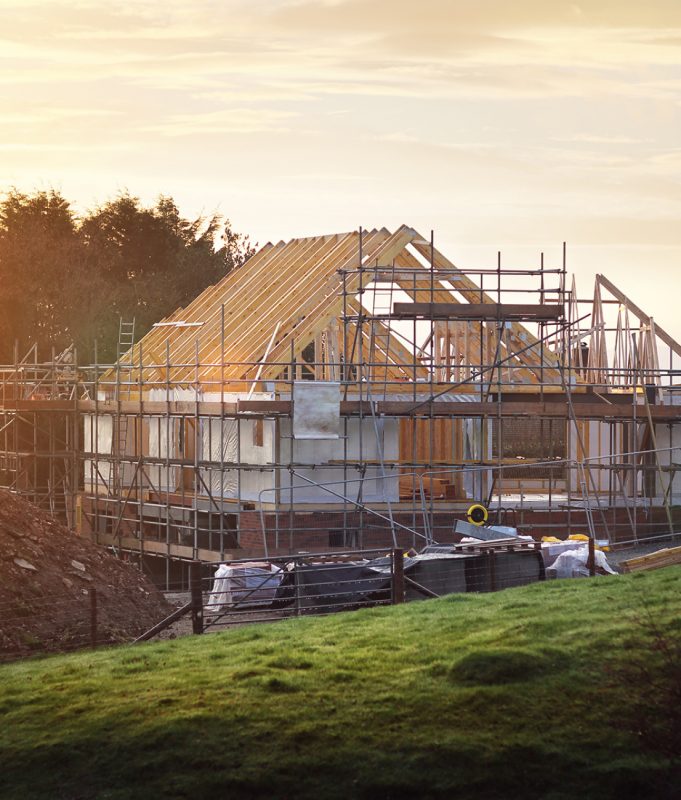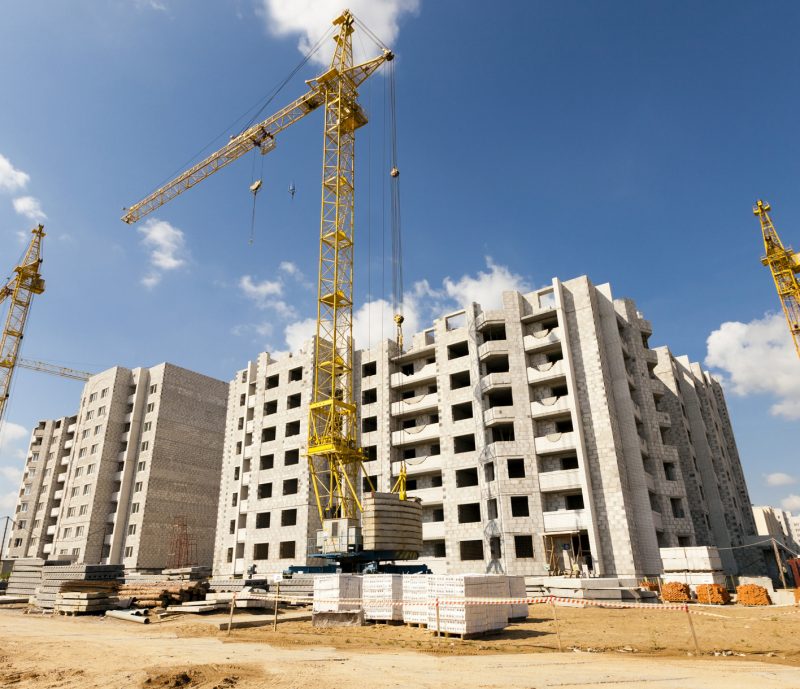Our Construction Insurance Practice
A great deal of planning goes into a construction project, including making sure that the work performed is on time and on budget and the location is safe while work is underway. When the unexpected happens, you want to ensure you are well protected. That’s where we come in.
At Baldon Group, we specialize in providing the construction industry – from GCs and developers to artisan and specialty contractors – with insurance solutions that respond to your specific risks.

Liability Insurance
Commercial General Liability or Contractor’s Liability insurance is designed to protect your firm against common business risks such as customer bodily injury, property damage, and advertising injury. This policy shields your business from the high costs of attorney fees and settlements and judgments and is necessary when entering into a contractual agreement on a project. It also provides you with products and completed operations coverage in the event your finished work caused bodily injury or property damage due to faulty workmanship. The amount of General Liability insurance you purchase will depend on the size of your operation and the assets at risk. We will work together with you to determine what limits are right for your business.
If you are involved in the design-build phase of a construction project, you should also carry Contractor’s Professional Liability insurance to protect against potential losses that can arise from the professional services you provide. A client, for example, may allege significant economic damages due to an error or negligence on your part that resulted in re-work, schedule delays and loss of use. A Contractor’s Liability policy typically excludes or severely limits any coverage for professional services, which is why Professional Liability insurance is needed.

Workers’ Compensation Insurance
Protecting your workers while on the job with Workers’ Compensation insurance is not only mandatory in New York and New Jersey, but it’s also fundamental to having a safe working environment. Depending on the type of construction work being performed, it can be a high-hazard job. Heavy equipment, dangerous tools, working at heights, and working outside can all contribute to potentially hazardous working conditions. The policy will pay for medical expenses and wage replacement up to a certain amount for work-related injuries or accidents.
It’s important as a general contractor to make sure any subcontractors you hire also carry Workers’ Compensation coverage. Be sure to ask for certificates of insurance showing proof of coverage. If your subcontractors are not insured, it’s your responsibility to provide coverage.
In addition, construction firms working in New York must be familiar with Labor Law Sections 240 and 241, collectively known as the “Scaffold Law.” This law creates corporate liabilities for worker injuries and has a direct impact on the insurance you purchase. We will go over this with you in greater detail.

Builder’s Risk Insurance
Builder’s Risk insurance is designed to protect buildings and structures that are under construction or being renovated for a specific period of time against physical loss or damage caused by a covered peril. The policy protects not only a person’s or organization’s insurable interest in the cost of construction, but also the materials, fixtures, and equipment used on the project, as well as temporary structures like scaffolding. General contractors, property owners/developers, architects, subcontractors, and lenders, among others, should be named insureds in the policy.
Builder’s Risk can be written to cover the entire structure for new construction, as well as the cost of remodeling and renovation projects. A typical Builder’s Risk policy protects against fire, lightning, hail, wind, theft, and vandalism, among other hazards. A policy can also be designed to reimburse you for taking protective measures as a result of the damage, such as debris removal and pollutant cleanup, in addition to physical damage or loss.
Existing buildings, new buildings, underground property and foundations, scaffolding, temporary buildings or structures, fencing, materials stored outdoors, building supplies, and property/materials in transit off-site may all be covered. Additional extensions are available including coverage for soft costs, which are reasonable and necessary expenses incurred during the construction, erection, or fabrication of a building/structure that are in addition to the costs that would have been incurred if there had been no direct physical loss. This may include advertising and design fees, professional fees, lease administration expenses, and additional real estate taxes and assessments incurred during the time that construction was delayed past the projected completion date.
Builder’s Risk policies vary widely therefore it’s important to work with experienced insurance professionals who will design coverage that meets your project needs.


